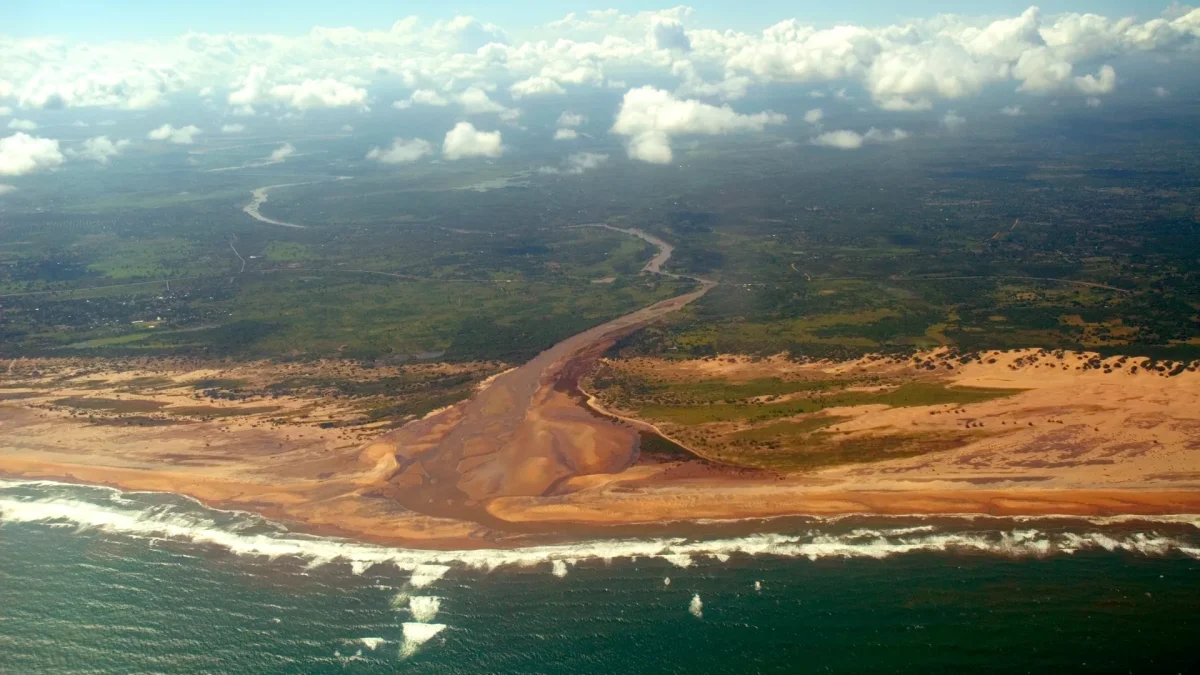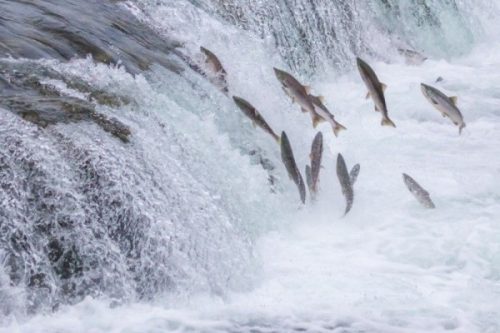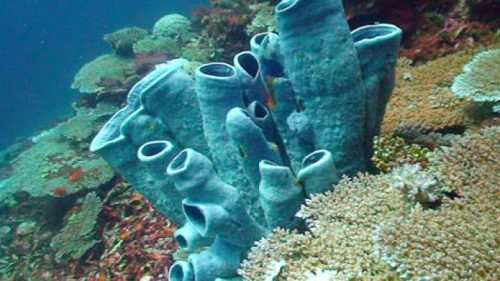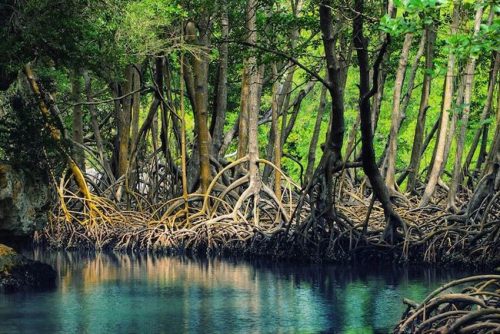Biodiversity at the Estuary Delta: Exploration of Species and Ecosystems

Photo Credit : dkfindout
Estuaries, where freshwater and seawater meet, are highly productive ecosystems and serve as habitats for various species. Here are some examples of species that can be found in estuarine waters:
Fish: The Heart of Estuary Life
Estuaries are often used as spawning, nursery, and ecological preference habitats for various types of fish. As an examples, there are salmon (Salmo salar) and Sidat (Anguila anguilla). They migrate from the sea to rivers to spawn and return to the sea when mature. There are no naturally occurring salmon species in Indonesia. Therefore, the supply of salmon in Indonesia is all done from imports from other countries to meet consumption needs. Meanwhile, sidat (eels) are commonly found in Indonesia. Of the 18 types of eels in the world, there are 7 types that can be found in Indonesian waters. Here are some examples:
- Anguilla bicolor and Anguilla bicolor pacifica : Eels with short dorsal fins.
- Anguilla borneensis, Anguilla marmorata, Anguilla celebesensis, Anguilla megastoma, and Anguilla interioris : Eels with long dorsal fins.

Photo Credit : Sekarb/iStock
Shrimp: Foragers in Estuaries
Shrimp, which play a crucial role in the food chain of estuary ecosystems, are frequently found in estuarine waters where they forage. In addition to their natural habitats, shrimp, particularly the vaname and black tiger types, are extensively cultivated in coastal ponds.

Photo Credit : FPK UNAIR
Sponge Animals, Fish, and Mollusks: Inhabitants of Estuary Coral Reefs
Sponge, fish and mollusks, are usually found in the coral reef ecosystems in estuaries. Coral reefs in estuaries are home to various types of marine animals and are an ideal place for them to forage and breed.

Photo Credit : Kwajalein/In-Depth Images
Mangrove Forests and Seagrass Beds: Home to Various Species
Both of these ecosystems are also part of the estuary ecosystem and are home to various species. Mangrove forests and seagrass beds are ideal places for various types of animals to forage and lay eggs.
Estuaries are very important ecosystems and serve as an ideal place for various types of animals to forage, lay eggs, and breed. Therefore, the protection and preservation of estuary ecosystems are very important to maintain the sustainability of these animals lives.

Photo Credit : Getyourguide


1 Comment
Hi! I’m at work browsing your blog from my new apple iphone!
Just wanted to say I love reading through your blog and look forward to all your posts!
Carry on the excellent work!